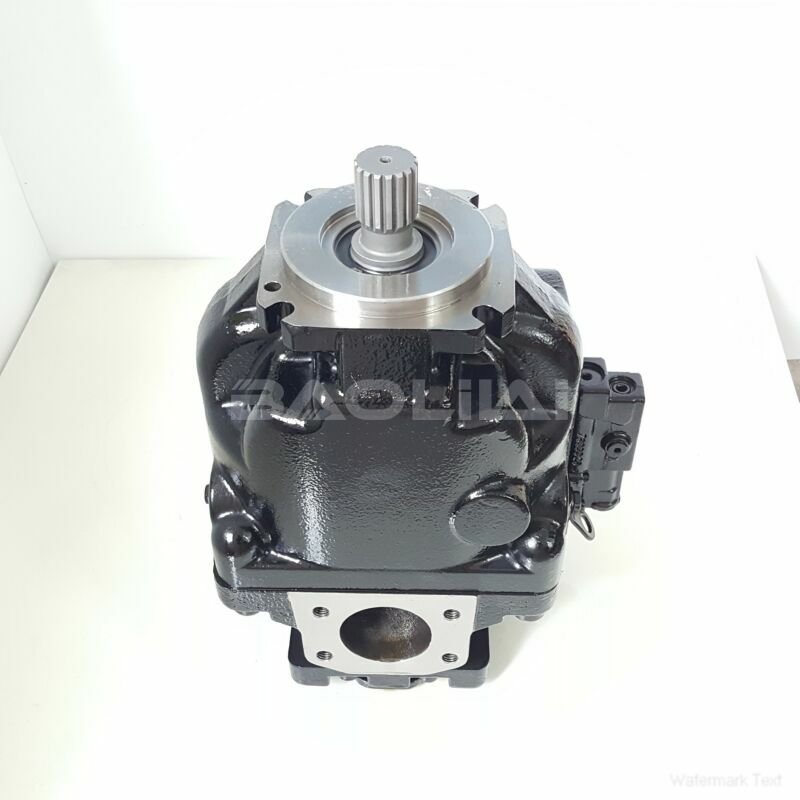ERR100BLS2820NNN3K5NPA1NAAANNNNNN hydraulic oil pump
ERR100BLS2820NNN3K5NPA1NAAANNNNNN hydraulic oil pump

- Product Details
- Applicable Scene
Check Filters and Strainers: Inspect and clean or replace filters and strainers as needed. Ensure that they are properly sized and not overly restrictive.
ER-R-100B-LS-28-20-NN-N-3-K5NP-A1N-AAA-NNN-NNN
ERR100BLS2820NNN3K5NPA1NAAANNNNNN
Verify Pump Sizing: Evaluate whether the hydraulic pump is appropriately sized for the system. If necessary, consult with manufacturers or engineers to determine the optimal pump specifications.

83054815
Analyze System Demand: Review the load and operational conditions of the hydraulic system. If the system consistently operates near maximum capacity, consider optimizing the workload or upgrading the pump.
Examine Tubing and Fittings: Look for any restrictions or leaks in the hydraulic lines that could contribute to pressure drops. Replace or repair faulty components as needed.
Test System Pressure: Use pressure gauges to measure the system’s pressure at various points. Compare these readings against the manufacturer’s specifications to identify abnormalities.
Preventative Measures
To prevent future cavitation issues, it is essential to maintain your hydraulic system properly. Here are some preventive tips:
Regularly check fluid levels and top off as necessary.
Schedule routine maintenance for filters and pumps to ensure they remain clean and functional.
Monitor temperature fluctuations and implement cooling solutions if necessary.
Optimize system design and load requirements to prevent excessive strain on the hydraulic system.
Conclusion
Cavitation in closed-loop hydraulic systems can lead to significant damage if not addressed promptly. By understanding its causes and following the troubleshooting steps outlined above, you can effectively mitigate cavitation issues, ensuring your hydraulic systems operate smoothly and efficiently. Regular maintenance and vigilance will further help in preventing these problems from reoccurring.





